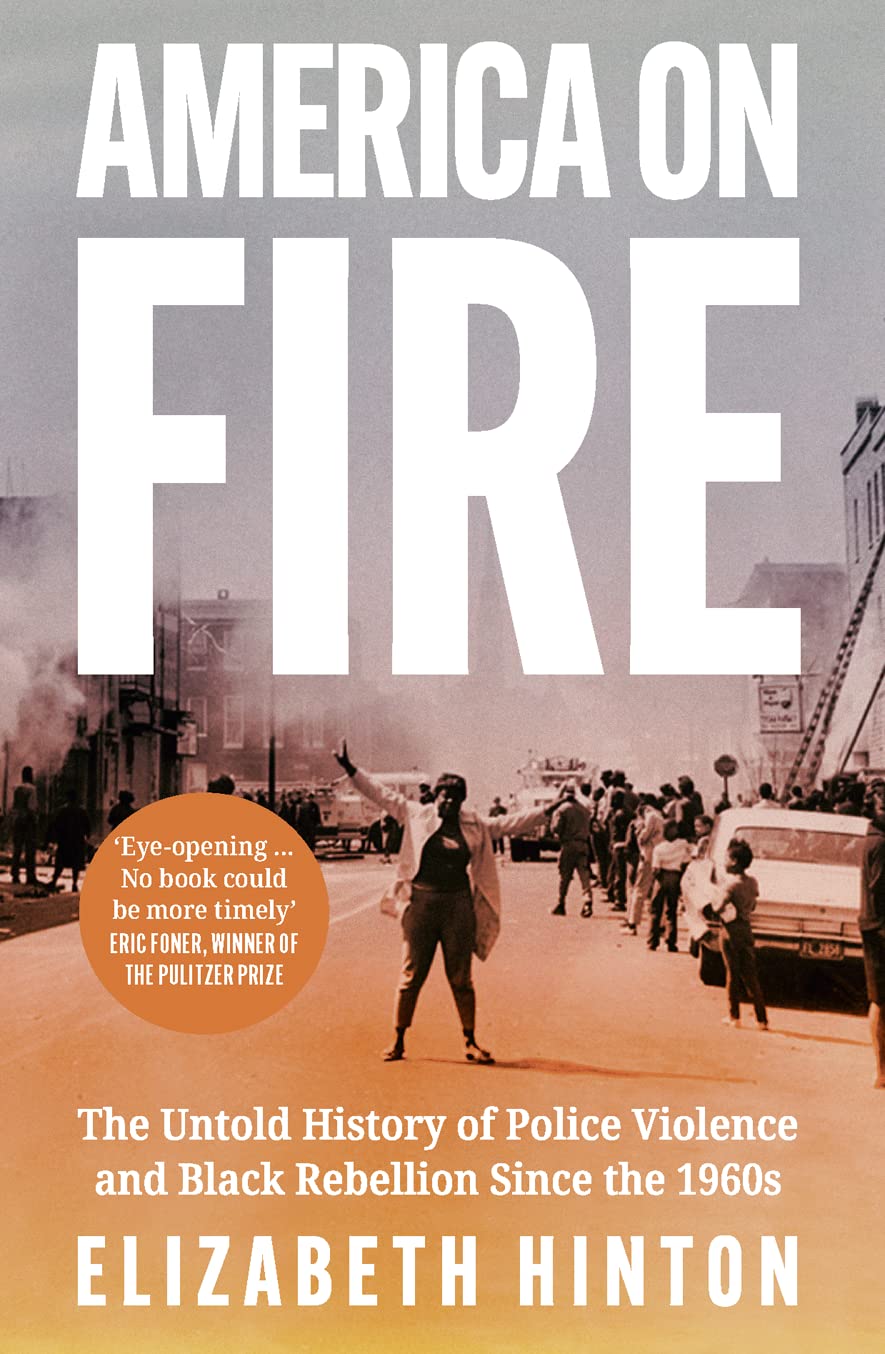Olúfẹ́mi O. Táíwò: I’m talking to you from D.C., which has experienced a supposedly temporary federal takeover of local policing. As you mentioned, the National Guard is being deployed as something of a de facto federal police–invasion force into cities and states against the wishes of state and local officials. I want to ask you about what historical actors saw as the dangers of federalizing policing, but also in the contemporary moment how you as a historian understand the political dangers of federalizing policing via something like the National Guard.
Elizabeth Hinton: The framers were obsessed with the idea of a tyranny, that somehow a federal police force could be used to oppress citizens. A standing army would essentially lead to authoritarian rule, where minorities — and of course they’re not thinking about racial minorities, they’re thinking about political minorities — could be oppressed if the federal government were run by people who wanted to exploit that police force for their own interests. In theory, even as the federal government was taking on greater and greater roles in local law enforcement in the mid-1960s, crime control is seen as a local or state matter; this is a matter of federalism.
But from the Johnson administration onward, there was a sense that the federal government had a new responsibility to support local law enforcement in combating crime. And that line got increasingly blurred. Nixon had an Office of Drug Abuse Law Enforcement, a short-lived cadre of drug cops controlled by the White House that was folded into the new Drug Enforcement Administration a year later. By framing the crime issue as a drug control issue, Nixon — and we see this in Reagan, too — allowed the federal government greater discretion and oversight in local policing. Again, there are stated boundaries that every president from Johnson until Trump 2.0 respected even as grants were established to help employ more police officers. We see the national government continue to transfer military-grade equipment to local law enforcement. But there were norms and standards that set what would be beyond the pale.
I’ve looked at a lot of memos through various administrations as DOJ and White House officials are thinking about the Posse Comitatus Act, especially in the Reagan years, and the officials are trying to find workarounds. But they also think the American people will not accept a federal police force. The idea that the National Guard would essentially serve as a federal police force against the wishes of state and local officials was never something that was considered or discussed. It was about providing more resources to local law enforcement and criminal legal authorities, which implicitly supported more aggressive policing, police abuse, and the overall militarization and occupation-like conditions in communities with statistically high rates of crime. What we’re seeing has a precedent.
